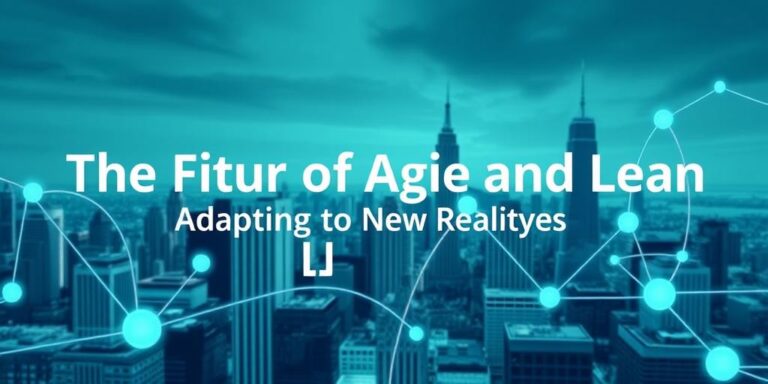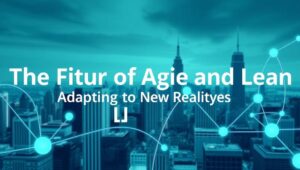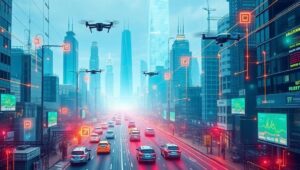The Future of Agile and Lean: Adapting to New Realities (2025)
Agile and Lean methodologies have revolutionized software development and project management over the past two decades. However, the landscape is constantly evolving. This article explores how Agile and Lean are adapting to new realities in 2025, considering emerging technologies, shifting work environments, and evolving organizational needs.
Key Adaptations in Agile and Lean
Several key adaptations are shaping the future of Agile and Lean:
- Integration with AI and Automation: Agile teams are increasingly leveraging AI and automation to streamline processes, improve decision-making, and reduce manual effort. AI-powered tools can assist with tasks such as code review, testing, and project planning, enabling teams to focus on higher-value activities.
- Remote and Distributed Teams: The rise of remote work has necessitated adaptations in Agile practices to support distributed teams. Agile frameworks now emphasize asynchronous communication, virtual collaboration tools, and remote-friendly ceremonies to ensure effective teamwork.
- Emphasis on Value Stream Management: Lean principles are being extended beyond individual projects to encompass entire value streams. Organizations are focusing on identifying and eliminating bottlenecks across the entire product development lifecycle, from ideation to delivery.
- Data-Driven Decision Making: Agile teams are relying more on data and analytics to inform their decisions. Metrics such as lead time, cycle time, and customer satisfaction are being tracked and analyzed to identify areas for improvement and optimize performance.
- Hybrid Agile Approaches: Organizations are adopting hybrid Agile approaches that blend different Agile frameworks and methodologies to suit their specific needs. This allows for greater flexibility and adaptability in project management.
Emerging Technologies and Their Impact
Several emerging technologies are influencing the evolution of Agile and Lean:
- Cloud Computing: Cloud platforms enable Agile teams to rapidly provision resources, scale infrastructure, and deploy applications. This accelerates development cycles and reduces operational overhead.
- Edge Computing: Edge computing brings computation and data storage closer to the edge of the network, enabling faster response times and improved user experiences. This is particularly relevant for applications in areas such as IoT and autonomous vehicles.
- Blockchain: Blockchain technology is being used to enhance transparency, security, and traceability in Agile projects. It can facilitate secure collaboration, manage digital assets, and track project progress.
- Low-Code/No-Code Platforms: These platforms empower citizen developers to build applications with minimal coding, accelerating development cycles and reducing the reliance on specialized developers. This enables Agile teams to rapidly prototype and iterate on ideas.
Challenges and Opportunities
Adapting Agile and Lean to new realities presents both challenges and opportunities:
- Challenge: Resistance to change within organizations can hinder the adoption of new Agile practices and technologies.
- Opportunity: Organizations that successfully adapt Agile and Lean methodologies can gain a competitive advantage through increased agility, improved efficiency, and faster time to market.
- Challenge: Ensuring effective collaboration and communication among remote teams can be difficult.
- Opportunity: Leveraging virtual collaboration tools and establishing clear communication protocols can enhance teamwork and productivity in distributed Agile teams.
- Challenge: Integrating AI and automation into Agile processes requires careful planning and execution.
- Opportunity: AI-powered tools can automate repetitive tasks, improve decision-making, and free up Agile team members to focus on higher-value activities.
Conclusion
The future of Agile and Lean is one of continuous adaptation and evolution. By embracing emerging technologies, adapting to new work environments, and focusing on value stream management, organizations can leverage Agile and Lean methodologies to thrive in an increasingly complex and dynamic world. As we move further into 2025, the integration of AI, the prevalence of remote teams, and the emphasis on data-driven decision-making will continue to shape the trajectory of Agile and Lean, driving innovation and delivering value to customers.




